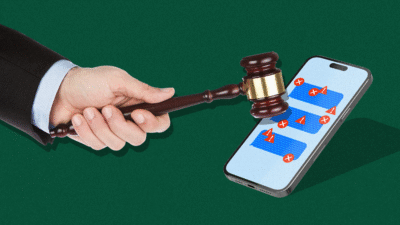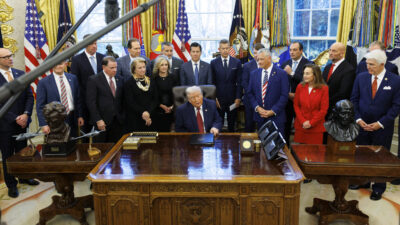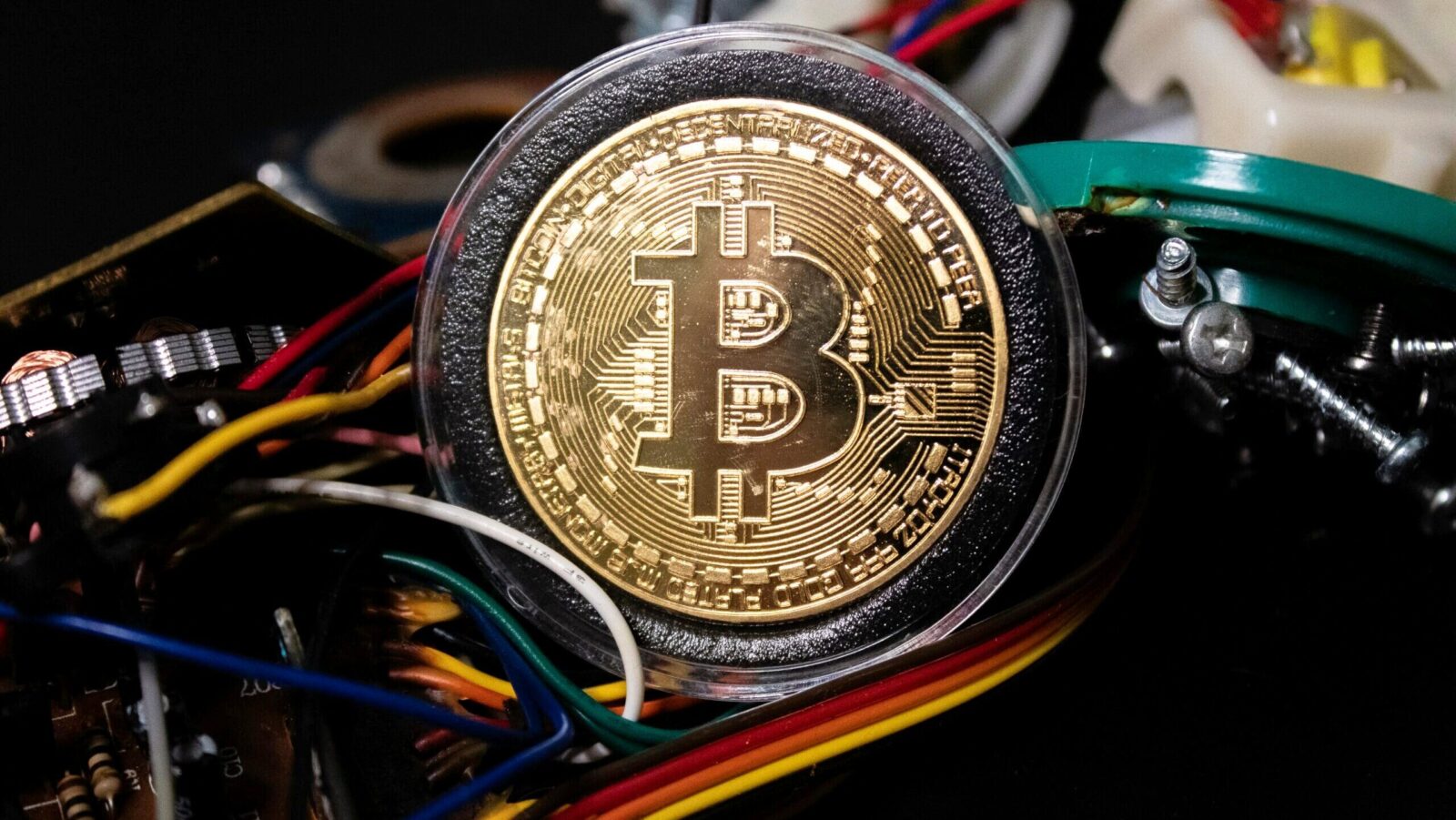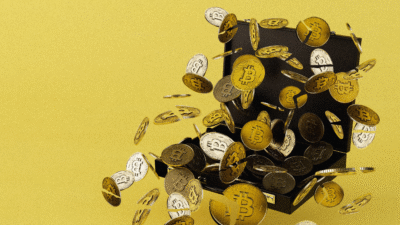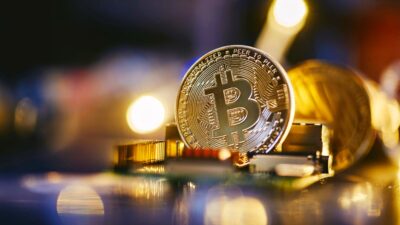Stablecoins Are Here to Stay. Who Stands to Gain From Them?
Companies that have been waiting on the crypto sidelines are likely about to jump in the game following the passage of the GENIUS Act.
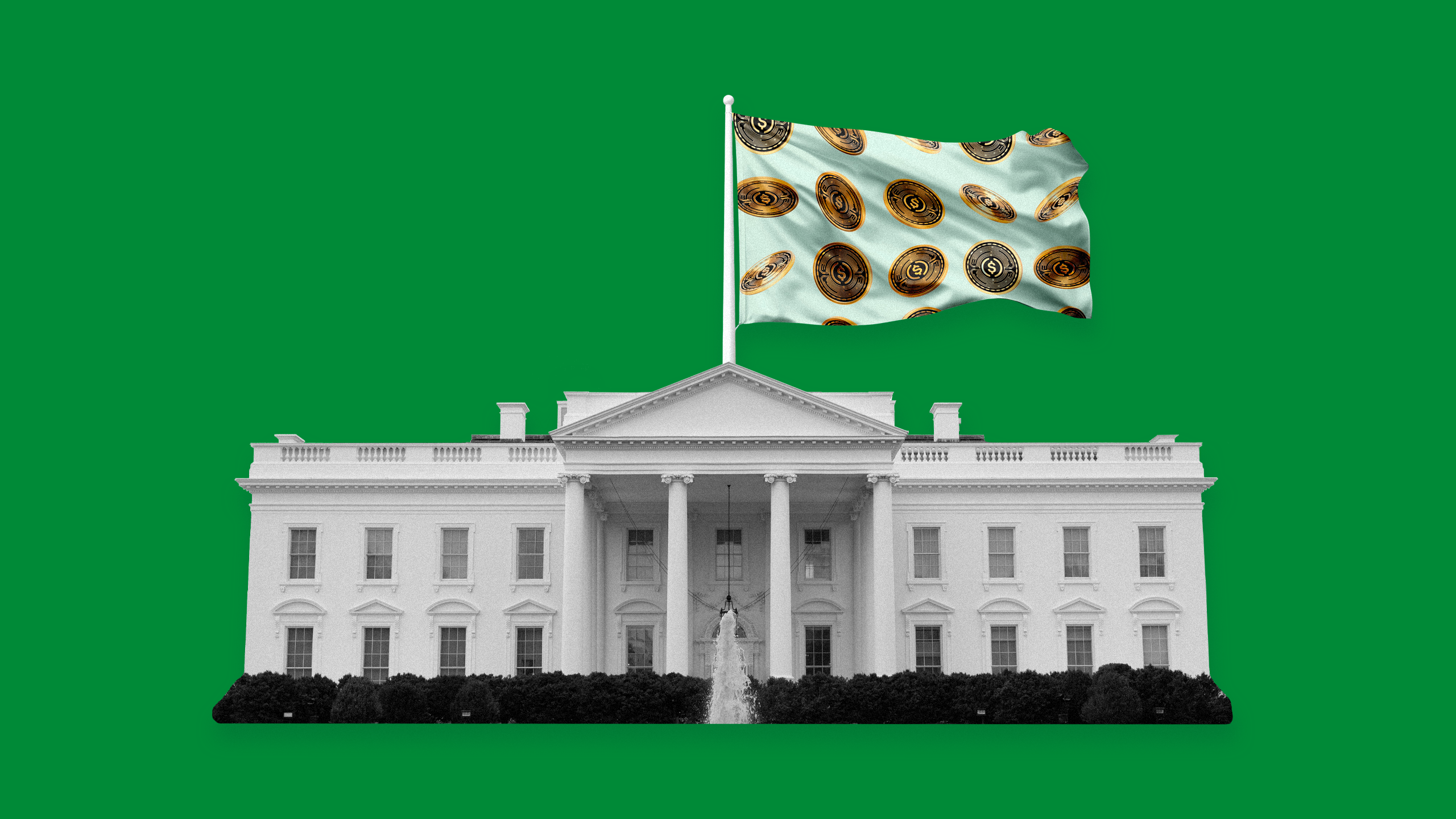
Sign up for smart news, insights, and analysis on the biggest financial stories of the day.
The line between traditional and decentralized finance is becoming increasingly blurry as Wall Street ventures into the cryptosphere and vice versa.
Crypto has traveled a long road to be recognized not only as legitimate by entrenched financial institutions but also as an arena in which they want to play. Crypto started on the fringes of the financial world, but eventually became too valuable for governments to ignore as just some internet fad.
The Securities and Exchange Commission, under President Biden, began regulating the use of cryptocurrencies, cracking down on celebrities who promoted memecoins and companies that it argued had broken securities laws. A bonanza of fines and penalties put a chill on the crypto sector, with individuals and institutions shying away from it due to the scattershot regulations.
President Trump, however, has done a 180, saying he’ll make the US “the crypto capital of the planet.” His SEC, with a new crypto-friendly chief in charge, dropped many Biden-era lawsuits.
And the government’s not just reversing regulatory action against crypto. It’s cozying up to the space. President Trump established a bitcoin reserve by executive order this spring, and the POTUS has his own memecoin (as does First Lady Melania Trump) as well as a series of non-fungible tokens. He’s also the majority owner of the crypto venture World Liberty Financial.
Slowly, even the most staid financial institutions are following the government’s lead and preparing to enter the digital asset market. At the same time, crypto companies are taking more license to create products that align closer with traditional finance.
Genius Out of The Bottle
Companies that have been waiting on the crypto sidelines are likely to jump into the game following the passage of the GENIUS Act in mid-July. The bill lays out a regulatory framework for stablecoins (the first of its kind in crypto) that’ll make it easier to issue the digital asset.
Stablecoins are considered a smooth entry point into crypto because they’re seen as less volatile than other types of digital assets. That’s because their value is supposed to be tied 1:1 to another asset, which is almost always the US dollar. For cautious financial institutions, making a stablecoin or adding some to their investment options is like dipping a toe into the crypto waters before diving in.
Bank of America recently revealed it’s creating a stablecoin, and Citigroup is looking into doing the same. Both banks’ timelines are unclear but are likely to hinge on legislation, such as the GENIUS Act. Major retailers, including Amazon and Walmart, also have stablecoins prepped and ready to potentially launch under new rules.
Banks view the technology as an additional means of providing clients with rapid money transfers, including between national borders and varied currencies. Moving into stablecoin transactions, Bank of America CEO Brian Moynihan has said, is similar to the shift from paper checks to electronic transactions through services like Zelle.
Retailers, meanwhile, see stablecoins as a way to turn commerce into a one-to-one transaction with consumers, circumventing credit card transaction fees and payments systems that cost major companies like Amazon and Walmart billions of dollars per year.
“I think we’re on the verge of a payment revolution in the United States,” Faryar Shirzad, chief policy officer at crypto exchange Coinbase, recently told NPR.
Tokenized Everything
Stablecoins are just the start, and are leading companies to tokenize other real-world assets beyond fiat currencies — including treasuries, gold and equities. These real-world tokenized assets operate similarly to stablecoins.
Han Qin, the co-founder and CEO of Jarsy, explained that stablecoins have helped his company overcome an educational hurdle. Because people are starting to better understand what stablecoins are, it’s easier for them to get the concepts behind Jarsy’s product, tokenized equities.
The No. 1 stablecoin by market cap, USDC, is not actually a tokenized version of a US dollar, but rather an asset that is stable 1:1 to the value of a US dollar. In that same way, Qin said, “Our token is not a tokenized version of the equity on the blockchain. It’s just a token that shares the same value as the 100%-backed assets, like a stablecoin. It’s not stable in relation to the US dollar, but stable in relation to the underlying assets. There’s no ownership of the equity.”
Jarsy allows investors to buy tokens tied to the value of a private company’s shares, which are typically inaccessible to the average retail investor. Qin said Jarsy’s tokens are backed by actual shares that Jarsy owns — some of which are in companies such as SpaceX, Anthropic, and Stripe. If one of these companies goes public, Jarsy facilitates the sale of investors’ tokens after a 180-day lockup period.
A flurry of companies, both in crypto and traditional finance, launched similar products this spring. Robinhood started offering tokens that represent shares of private companies, including OpenAI and SpaceX, in the EU in July, while crypto exchange Kraken has started selling tokenized equities of buzzy publicly traded US companies like Apple and Nvidia to non-US customers.
Fidelity, meanwhile, filed with the SEC to tokenize its treasury fund on the ethereum blockchain, an asset class that rwa.xyz data found is worth more than $5 billion.
But some tokenization may be pushing the regulatory leeway stablecoins have brought to crypto too far for regulators.
Approach with Caution
European regulators are scrutinizing Robinhood’s rollout of tokenized equities. Tokenized real-world assets exist in a gray area that the law hasn’t yet defined. It’s unclear whether they’ll be regulated like the assets they represent or be subject to less stringent rules.
In the US, the future of tokenized real-world assets could hinge on the CLARITY Act, a bill that advanced to the Senate in July. It will decide whether tokens are securities monitored by the SEC or commodities monitored by the CFTC — the latter scenario would be less stringent.
So far, the government under Trump has leaned toward looser crypto regulations, with critics arguing the recently passed GENIUS Act is too skimpy on consumer protections. Critics have also called out Trump’s own crypto ventures and how lax laws could enrich him and his family. Maxine Waters, the top-ranking Democrat on the House Financial Services Committee, proposed an “anti-crypto corruption week” to follow the so-called “crypto week” in which the GENIUS Act passed.
Proponents of looser regulations say the blockchain could improve the current financial system by speeding up transactions, reducing fees, operating 24/7 worldwide and giving the unbanked access to modern financial infrastructure. Qin said that traditional and decentralized financial organizations “are building the same infrastructure, same future from a different angle” and that together they can “amplify the whole market.”

